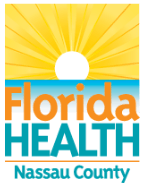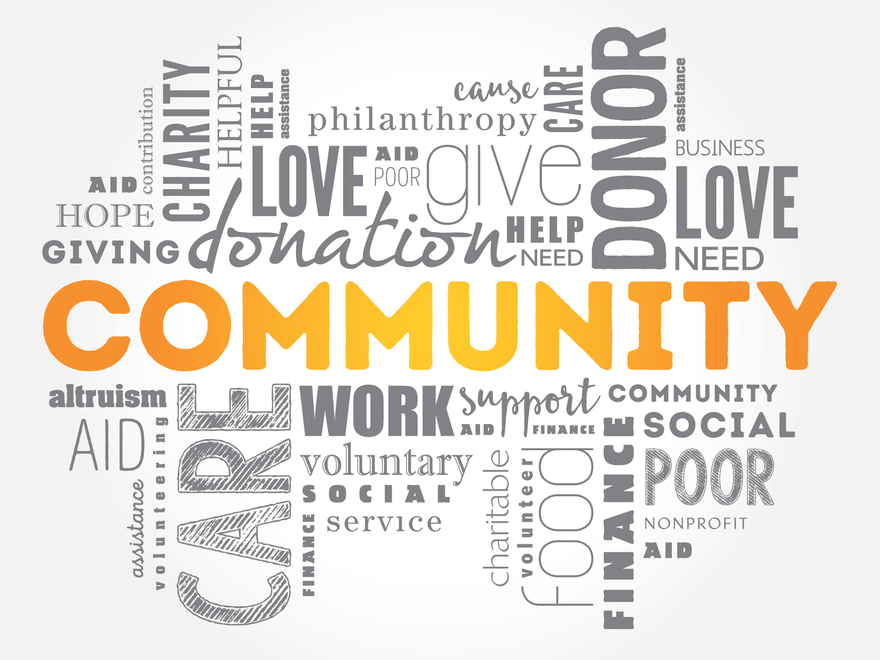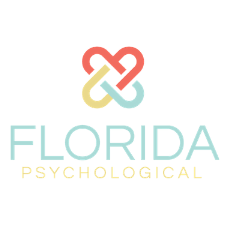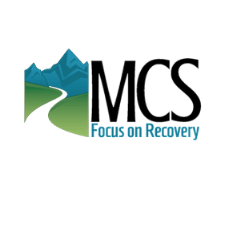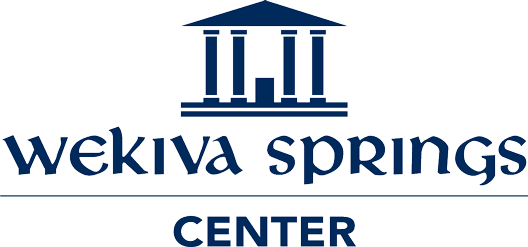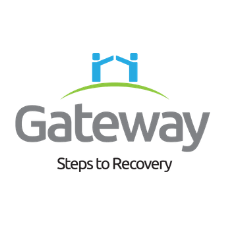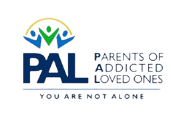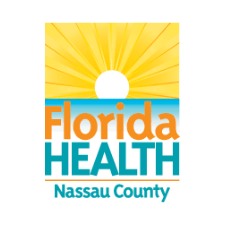If you are an adult in crisis, please call the 24/7 Adult Crisis Hotline at 904-206-1756.
If you are a teenager or young adult in crisis, an adult with a child in crisis, or a friend of a youth in crisis, please call the 24/7 Youth Mobile Response Team at 904-580-0529.
Please call 9-1-1 immediately if you or your loved one is having a medical emergency.
Are you taking opioids and are concerned about addiction?
Do you have a family member who is suffering from substance abuse?
Do you feel alone and need to know where to turn for help with drug addiction?
If you can relate to any of these situations, you are in the right place because our mission is to serve Nassau County, FL by providing education and resources related to opioid and substance use and misuse.
NASSAU COUNTY
If you are living in Nassau County and struggling with opioid or substance misuse or addiction, you are not alone. If you are a child in Nassau County struggling with opioid misuse or addiction, or an addicted parent, you are not alone.
Comparing January through June of 2019 to January through June 2020*, fatal drug overdoses in Nassau County rose 200%. Opioids as a category of drugs, and fentanyl specifically, are fueling this tragedy. Opioid overdoses in Nassau County rose 71% from 2019 to 2020.
This website shares facts, stories and resources to support, educate and empower residents to find help and offer help to loved ones by removing the stigma from this nationwide epidemic.
*2020 data is provisional and subject to change.
SUBSTANCE ABUSE IS A DISEASE AFFECTING THE BRAIN, NOT A WEAKNESS
Substance Use Disorder has been classified as a disease by the American Medical Association since 1956. This disease changes the makeup of a sufferer’s brain, driving them to put opioids above everything else.
Addiction is not a weakness and effort must be made to end the stigmas surrounding it.
The OPIOID EPIDEMIC
Opioid usage in the United States has reached epidemic levels with over 2.5 million people suffering from an opioid addiction and nearly 200 people dying from an opioid overdose every day. The number of people dying of accidental overdose of opioids eclipses every other drug combined, making drug overdose the leading cause of accidental death in the nation with roughly 70,000 fatalities occurring each year.
The number of drug overdose deaths increased by nearly 5% from 2018 to 2019 and has quadrupled since 1994. Over 70% of the 70,630 deaths in 2019 involved an opioid. Similar percentages exist in Florida.
One in three Americans knows someone who misuses opioids, and 673,400 children have a parent who has Opioid Usage Disorder (OUD).
The numerous celebrities who have battled opioid and other substance addiction and been open about discussing it, including Robert Downey Jr., Samuel Jackson, Bradley Cooper, Kid Cudi, Flavor Flav, Eminem, Demi Lovato, Nicole Richie, Naomi Campbell, Jamie Lee Curtis, and Brett Favre, have brought heightened awareness to the epidemic.
Millions of Americans have become addicted to opioids as a result of the pharmaceutical industry’s aggressive and reckless marketing of these powerful drugs and the medical profession’s overreliance on them. These people are not dangerous criminals. They are are not “druggies” or “junkies.” Most have no criminal background and have become addicted by using medication prescribed by a doctor.
Click below to download the Florida Department of Health's summary "KNOW THE RISKS OF OPIOID PAIN MEDICATIONS".
HISTORY OF OPIOIDS IN THE UNITED STATES
1956
American Medical Association recognizes addiction as a disease.
1987
MS Contin is approved as the first formulation of an opioid
pain medicine with dosing every 12 hours versus every 4 to 6 hours.
1992
Doctors wrote 112 million opioid prescriptions.
1995
OxyContin is approved as the first formulation of oxycodone with dosing every 12 hours versus
4 to 6 hours. FDA believed that the controlled-release formula would result in less abuse
since the drug would be absorbed slowly with no immediate or high.
FDA implemented product labeling to warn of the danger of abuse of the drug.
1998
Actiq (fentanyl), the first formulation of a Fentanyl medication,
is approved to treat cancer breakthrough pain. It is approved with restricted distribution.
2001
Inter-agency collaboration is set up to develop public education regarding prescription drug abuse. The agencies included FDA, SAMHSA, the Center for Substance Abuse Treatment (CSAT), and the National Institute on Drug Abuse (NIDA). Also in 2001, stronger warnings were added to the OxyContin label.
2003
FDA issued a Warning Letter to Purdue Pharma, the manufacturer of OxyContin,
for their misleading advertisements which minimized the serious safety
risks associated with OxyContin, specifically the dangers of overdosing and abuse.
2007
FDA Amendments Act granted FDA authority to require Risk Evaluation
and Mitigation Strategies (REMS) for certain drugs.
2009
1.2 million Emergency Department (ED) visits in the United States were related to
misuse or abuse of pharmaceuticals, an increase of more than 98% since 2004.
There were more pharmaceutical ED visits than visits related to heroin or cocaine.
2010
Fentanyl use surges nationwide.
2011
The White House Office of National Drug Control Policy report, a comprehensive
action plan to address the national prescription drug abuse epidemic, was released.
2014
The peak number of opioid prescriptions written is 282 million.
2015
FDA's "Guidance for Industry: Abuse-Deterrent Opioids" was released to offer guidance
around developing products with potentially abuse-deterrent properties. Narcan nasal spray was approved by the FDA - the first FDA-approved life-saving nasal spray medication (naloxone hydrochloride) that can temporarily stop or reverse the effects of an opioid or heroin overdose.
2016
More than 11.5 million Americans reported misusing prescription opioids in the past year.
2017
National public health emergency is declared due to opioid misuse.
2018
In an effort to target illegal online sales of opioids, FDA took action against 53 websites that were marketing unapproved opioids. FDA released an updated Blueprint "Opioid Analgesic REMS Education Blueprint for Health Care Providers Involved in the Treatment and Monitoring of Patients with Pain". FDA also approved the Opioid Analgesic REMS (Risk Evaluation and Mitigation Strategy).
2019
FDA announced that there could be harm from sudden discontinuation of opioid pain medicines and started requiring label changes to guide prescribers on the proper tapering techniques.
2020
FDA issued a Drug Safety Communication with recommendations to drug manufacturers and health care professionals regarding naloxone availability, including recommendations for prescribing it to treat OUD (Opioid Use Disorder). FDA published "Opioid Use Disorder: Endpoints for Demonstrating Effectiveness of Drugs for Treatment" in order to help sponsors develop drugs to treat Opioid Use Disorder (OUD).
2021
FDA reported that their 120-day pilot program to curb illegal availability of unapproved opioids
resulted in stopping nearly 30 websites from offering illegal opioids for sale online.
FDA approved Hydrocodone bitartrate, the first FDA-approved generic opioid
with an abuse-deterrent formulation (ABF) with the intent to reduce the abuse of opioids.
2022
FDA issued a Drug Safety Communication warning of dental issues associated with some medicines that are dissolved in the mouth.
FDA issued a warning letter to the operator of 25 websites illegally selling unapproved and misbranded opioids and benzodiazepines to U.S. consumers.
FDA announced the establishment of the FDA Overdose Prevent Framework, which supports the HHS Overdose Prevention Strategy.
WHAT ARE OPIOIDS
Opioids are a class of drugs largely derived from the Poppy plant, and include prescription painkillers such as oxycodone or morphine, synthetic opioids such as fentanyl, and the illegal drug heroin.
Opioids cause your brain to block the feeling of pain; they do not treat the underlying cause of pain.
The most common drugs involved in prescription opioid overdose deaths include:
- Methadone
- Oxycodone (such as OxyContin®)
- Hydrocodone (such as Vicodin®)
Other common prescription opioids include oxycodone combined with acetaminophen (Percocet®) and Tramadol (Ultram®).
Click here for definitions of common terms used in relation to opioid use and the opioid epidemic.
WHAT IS FENTANYL
Fentanyl is a powerful synthetic opioid “analgesic” (a drug used to reduce pain that is similar to morphine, but 50 to 100 times more potent). It is typically used to treat patients with severe pain or to manage pain after surgery. It is also sometimes used to treat patients with chronic pain who are physically intolerant to other opioids.
In its prescription form, fentanyl is known by such names as Actiq®, Duragesic®, and Sublimaze®.
When prescribed by a doctor, fentanyl can be given as a shot, a patch that is put on a person’s skin, or as lozenges that are sucked like cough drops.
The illegally used fentanyl most often associated with overdoses is made in labs. This synthetic fentanyl is sold illegally as a powder, dropped onto blotter paper, put in eye droppers and nasal sprays, or made into pills that look like other prescription opioids. This type of fentanyl is usually sold as another substance, so people swallow, snort or inject it without realizing what they’re taking.
Fentanyl use has exploded since 2010 further exacerbating America’s opioid epidemic.
GATEWAY TO METH AND HEROIN
People struggling with opioid misuse or addition often find their way to dangerous illegal drugs like meth and heroin as they continue craving the “high” opioids provide after their prescriptions have run out. Prescription drugs can be expensive while meth and heroine are cheap, but now many of these street drugs are increasingly laced with fentanyl so they are more deadly and addictive than ever.
Nationwide, nearly 80 percent of heroin users reported using prescription opioids prior to heroin.
Do you or your loved one need help?
Below are several resources available near Nassau County.

